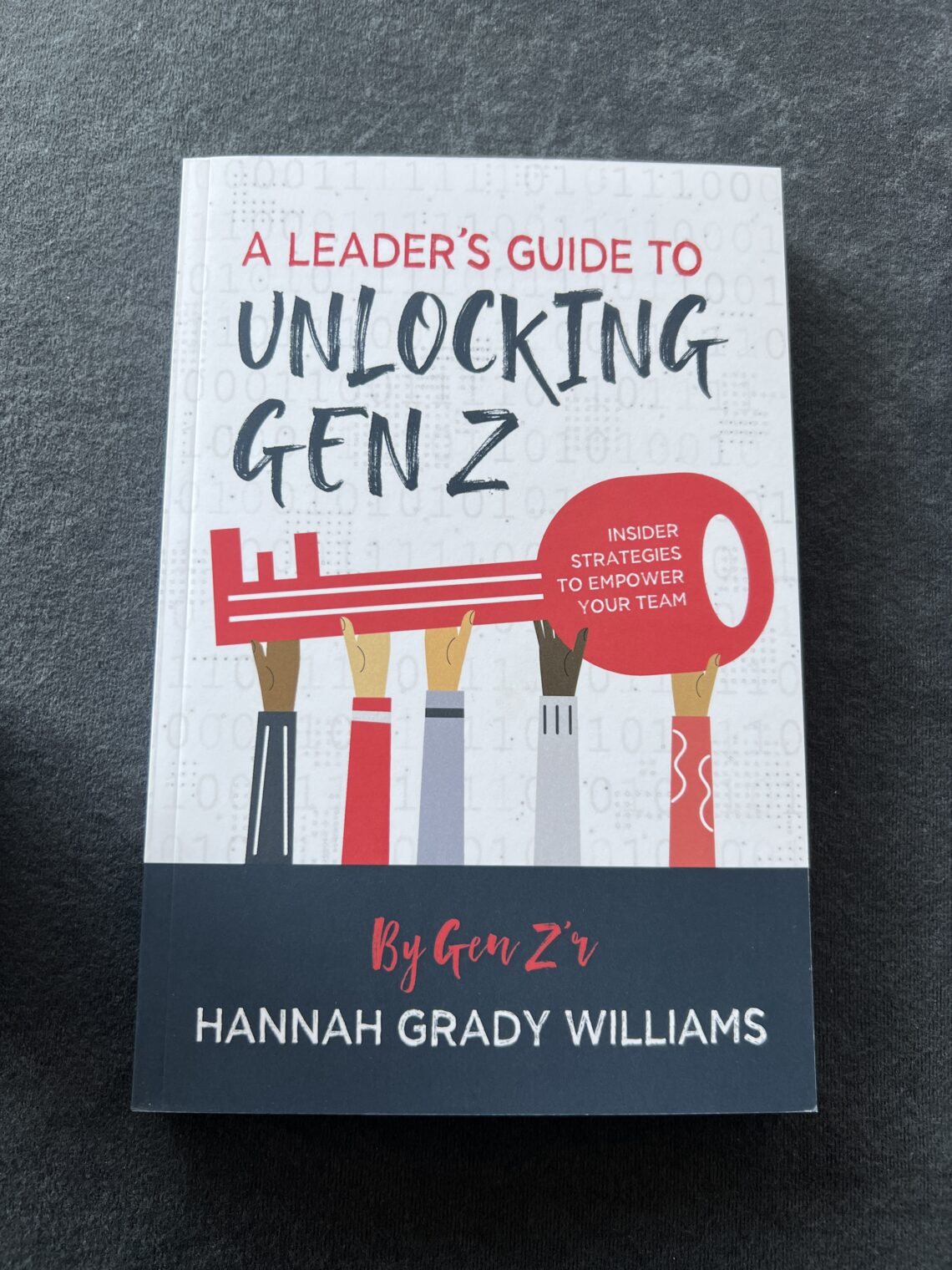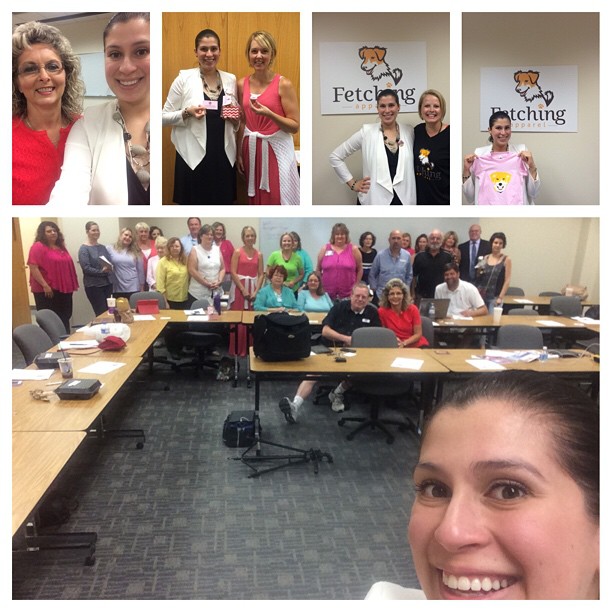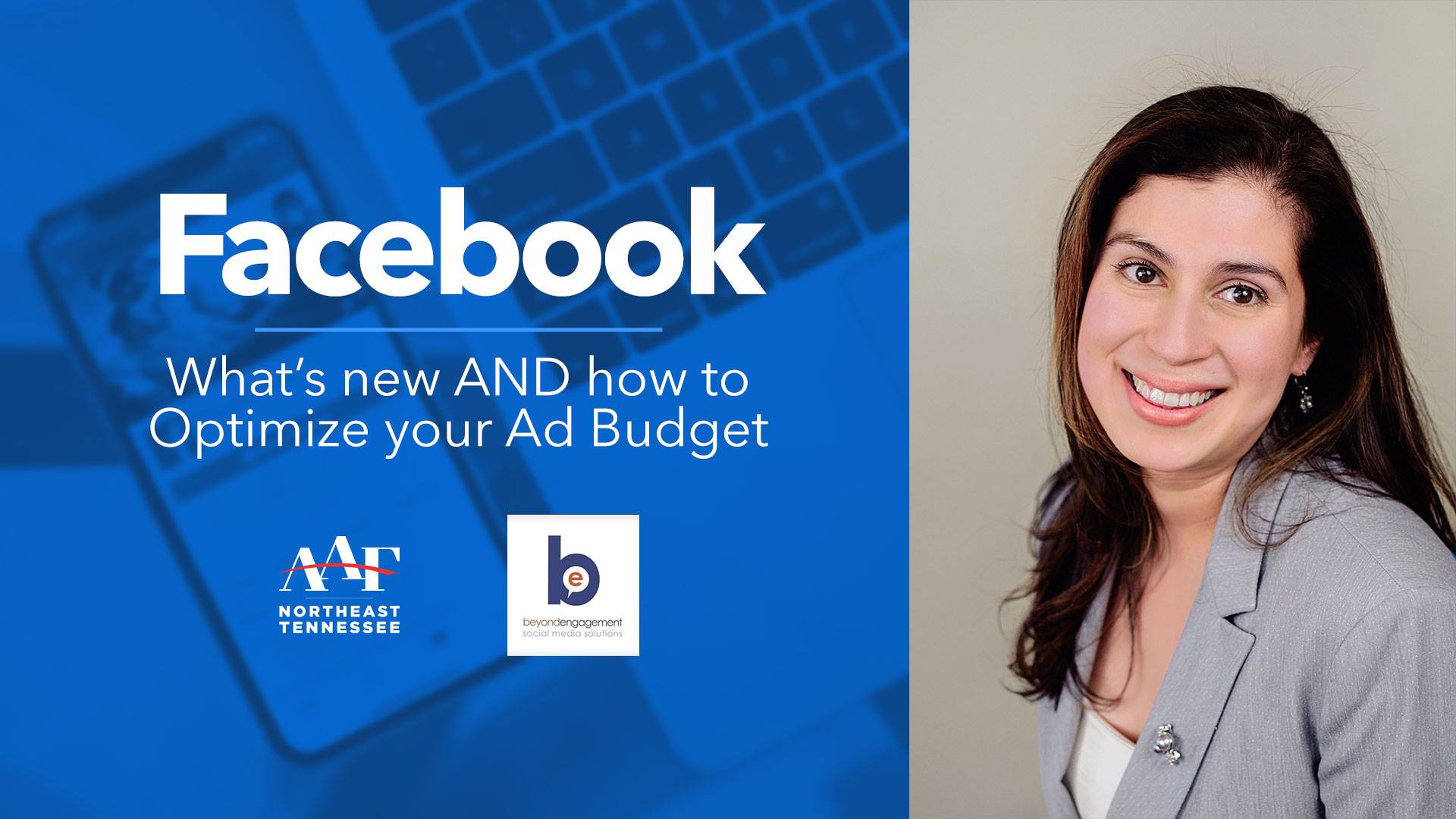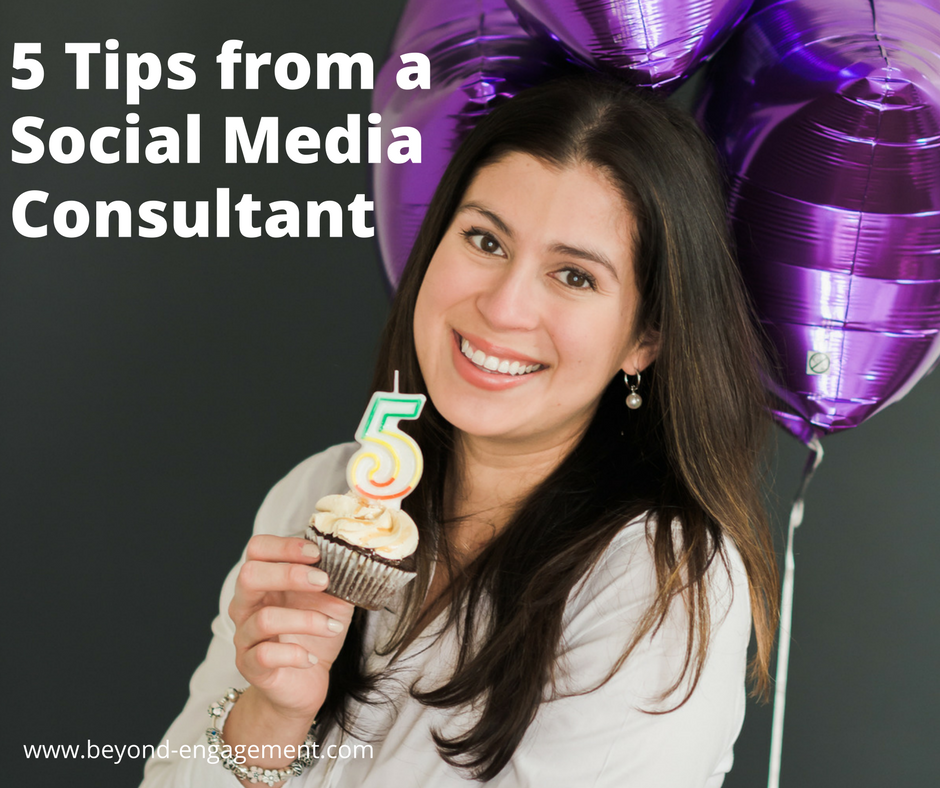
7 things that stood out to me from reading: “A Leader’s Guide to Unlocking Gen Z” by Hannah Grady Williams
As a millennial, I roll my eyes when hype is placed on Gen Z. I have told my favorite marketer in the world, Mark Schaefer that he has an obsession about them. But it would be remiss to deny the impact of Gen Z (born 1995-2012) because according to Forbes, they “have surpassed Baby Boomers in the workforce and are having a greater impact on the nation’s labor pool and how work gets done.”
Here are 7 things that stood out to me from reading “A Leader’s Guide to Unlocking Gen Z” by Hannah Grady Williams.
- They value companies who are early adopters on trends
- “Only 36% of Gen Z’ers were slightly likely to post a review if offered an incentive”
- Focus on the “Gen Z Trinity” (Ethics, Authenticity/Transparency, & Diversity) – i.e. social impact. “Gen Z expects to see a workforce where their colleagues look, act, and think differently than they do.”
- Workplace flexibility is a must but also inspiring intrapreneaurs. In fact, “54% of Gen Z’s have either already started or want to start their own company, creating an extreme need to convert potential entrepreneurs into ‘entrepreneurs’ for your firm.”
- Customization, being unique vs like everyone else with style. I learned about “thrifting” – “the thrifting industry… generated approximately $10.2 billion in revenue.” (Start checking out Goodwill, Salvation Army, and threadUP) The idea expands in the book in the areas of workspaces, job descriptions, and benefits
- In-person events! “54.55 of Gen Z would prefer to go to a school or corporate career center! Contrast that with only 11% of millennials who use that method.”
- Individualism – Gen Z’s thrive on working independently vs Millennial’s group effort culture.
- Family centric. “Gen Z goes to family and friends for advice on major decisions before we turn to the internet.”
The most memorable story – The Biltmore
The chapter labeled Culture-centric recruitment stood out to me the most. Why? It shared a personal story of the author at the Biltmore and the easy-bake oven. While, I don’t want to give the whole story away, it is how the author attended the Biltmore’s (Employee & family) Christmas party as a child and got her easy bake oven that she wanted so much. It summarizes a culture-centric recruitment as “applies at any point in the employee journey, whether it’s a child with no concept of what a “job’ means yet or an employee dissatisfied with their current position and looking for a change.”
Managers should continue reading this book for ideas on the tips found in each section about recruiting, retaining, engaging with their Gen Z employees. I got excited with the suggestions on ideas for employees for pre-day one fuzzies, and how they create experiences with young talent, and $50 office redecorating bonus and shopping day for their cubicle/office space shared at the back of each chapter.
Summary, I like Gen Z!
I read so many business articles on the challenges this generation faces but never really empathized with them until I read this book. It is ironic that I felt that way, because one of my strength finders is empathy! I experienced my own challenges: 9/11, graduating from college (in Florida, no less) during 2008, and working during the pandemic with a young family away from my parents (who live in Florida). This book highlighted how unique Gen Z are and what they can offer to the workforce. It gives me a better understanding when I work with clients with a younger demographic and how I can enable them to thrive to pursue our mutual goals in projects.
Thoughts? Feedback? Struggling to understand how to market to Gen Z? Let’s talk! I obtained this book for free because I attended Summit Leadership‘s coffee connections event and my birth location was furthest from everyone else in my table (who were mostly local), plus I insisted to Dave McAuley (who is featured in this book) that I wanted it.
- Newbies to Launching a Brewery? 3 tips from 10+ years of experience.
- Get expert advice from today’s top digital marketers (and myself)
- From Estonia: Interview to build sales using trust!
- Key takeaways from Gen Zalpha’s (recap from Pion webinar)
- Featured in the Marketing Agency Show by Social Media Examiner

Buc-ees and the power of WOMM
You May Also Like

Facebook & Instagram Noon Knowledge Summary
June 29, 2015
Facebook: What’s new AND how to Optimize your Ad Budget
June 22, 2018
